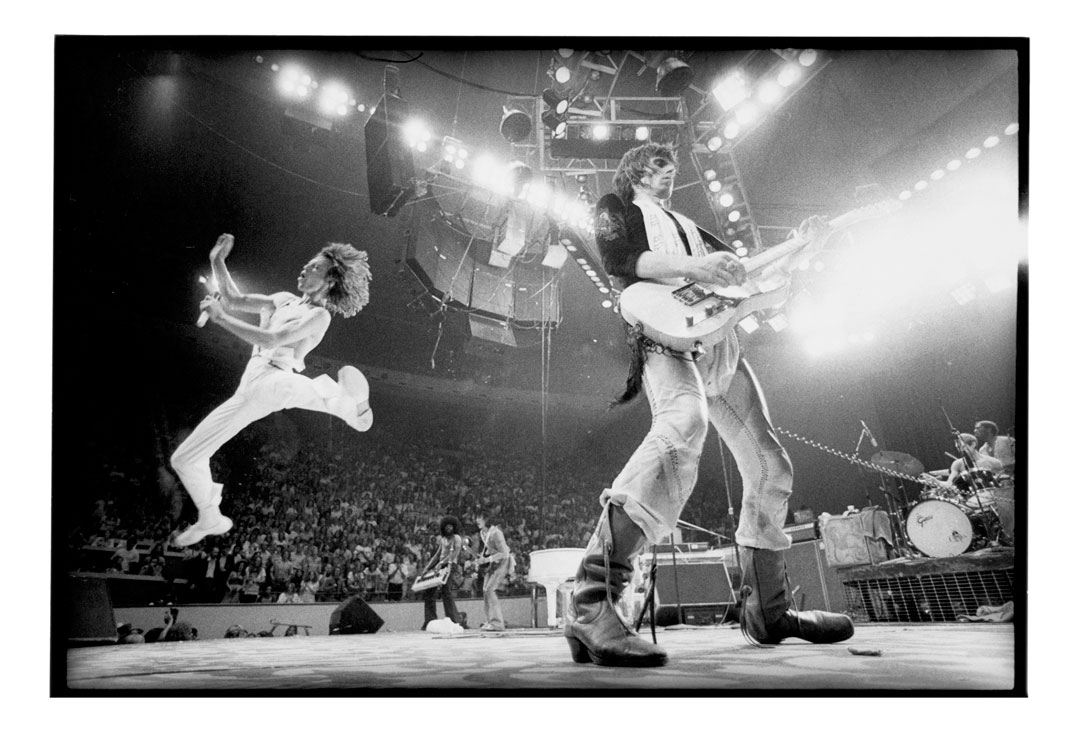
How does Annie Leibovitz do it?
On the photographer’s birthday, read the stories behind the images in her new book Annie Leibovitz At Work
“Photography,” the canonical American photographer Annie Leibovitz quotes her fellow practitioner Arnold Newman as saying, “is one percent talent and ninety-nine percent moving furniture."
It is not a maxim Leibovitz wholly subscribes to but it is something “I think about sometimes when we’re on location and we’ve moved the set – the stage, the lights, the backdrop, sandbags, fans. And moved them again. And again," she writes in her revealing, newly updated book, Annie Leibovitz At Work. “The manual labor is daunting.”
Leibovitz hasn’t always worked like this. “In the beginning,” she writes, “I travelled alone. I carried my equipment and if I used a light I would set it up myself.”
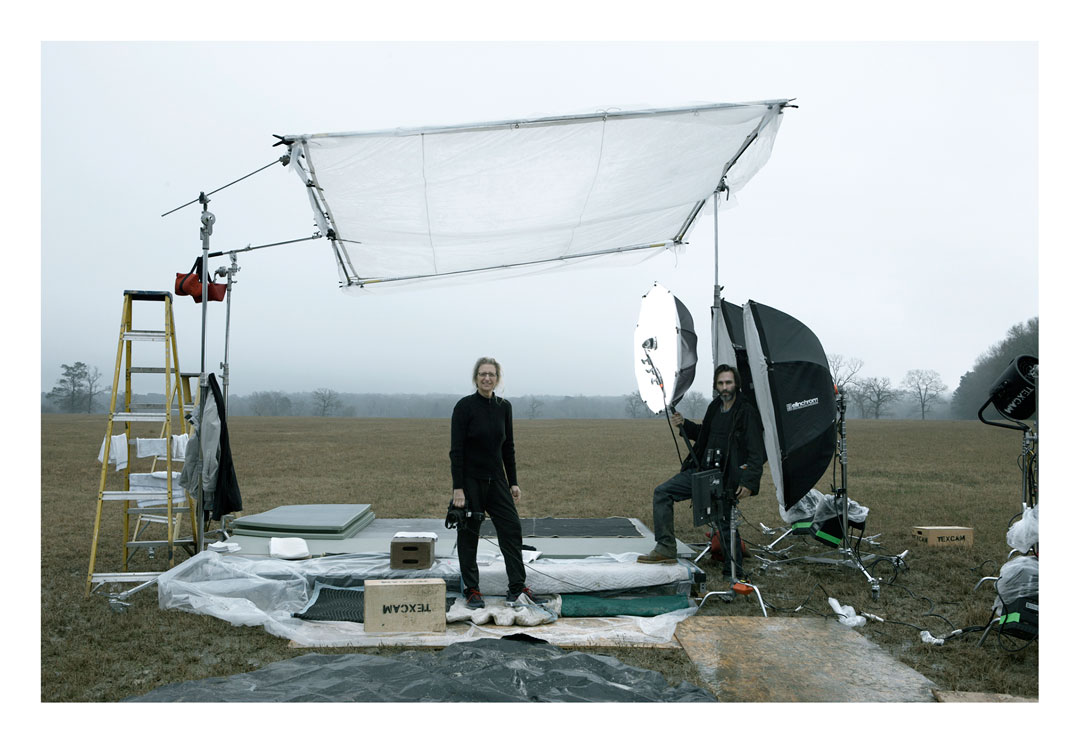
This progression from fly-by-night photojournalist to the kind of photographic auteur that regularly builds and rebuilds high-production sets is beautifully captured in Annie Leibovitz At Work.
In the book, Leibovitz takes us from her earliest photographic experiences – including carrying her first camera, a heavy Minolta SR-T101, up the summit of Mount Fuji – ‘The camera felt like it weighed a ton. It was awkward. It got heavier the higher we went' - right up to her current professional practices.
The title covers her early images for Rolling Stone magazine, her subsequent work with The Rolling Stones – Mick Jagger, Leibovitz writes, asked her to be “their Cartier-Bresson” – her wild ride with Hunter S Thompson covering Richard Nixon’s decline and fall, as well as her more studied, later work for magazines such as the New Yorker, Vogue and Vanity Fair.
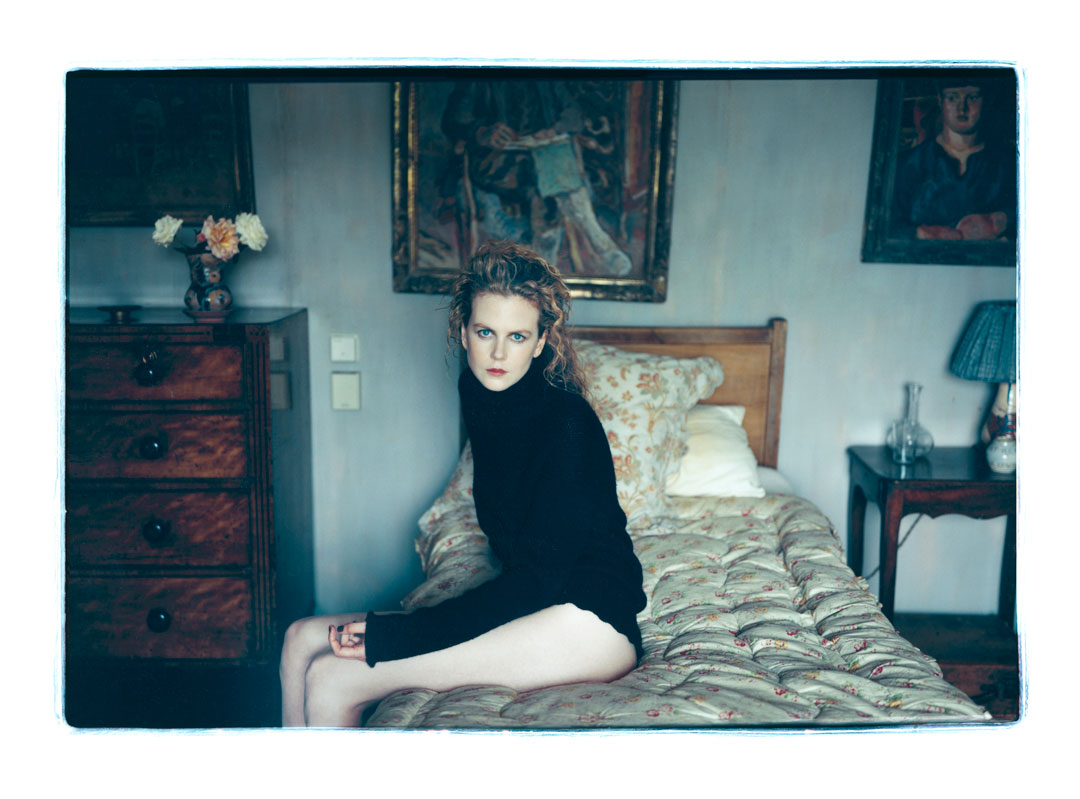
In At Work Leibovitz not only opens up about the rapport she developed with high-profile subjects such as John Lennon and Kate Moss, but also about her professional admiration for fellow photographic pioneers such as Robert Frank and Richard Avedon, and the unexpected demands she had to overcome to shoot such impressive work.
If you’re trying to convince Mick and Keith to pose in a gold Cadillac, make sure it’s a good vintage. “Cars are like wine,” the Stones singer told Leibovitz. “There are good years and bad years.”
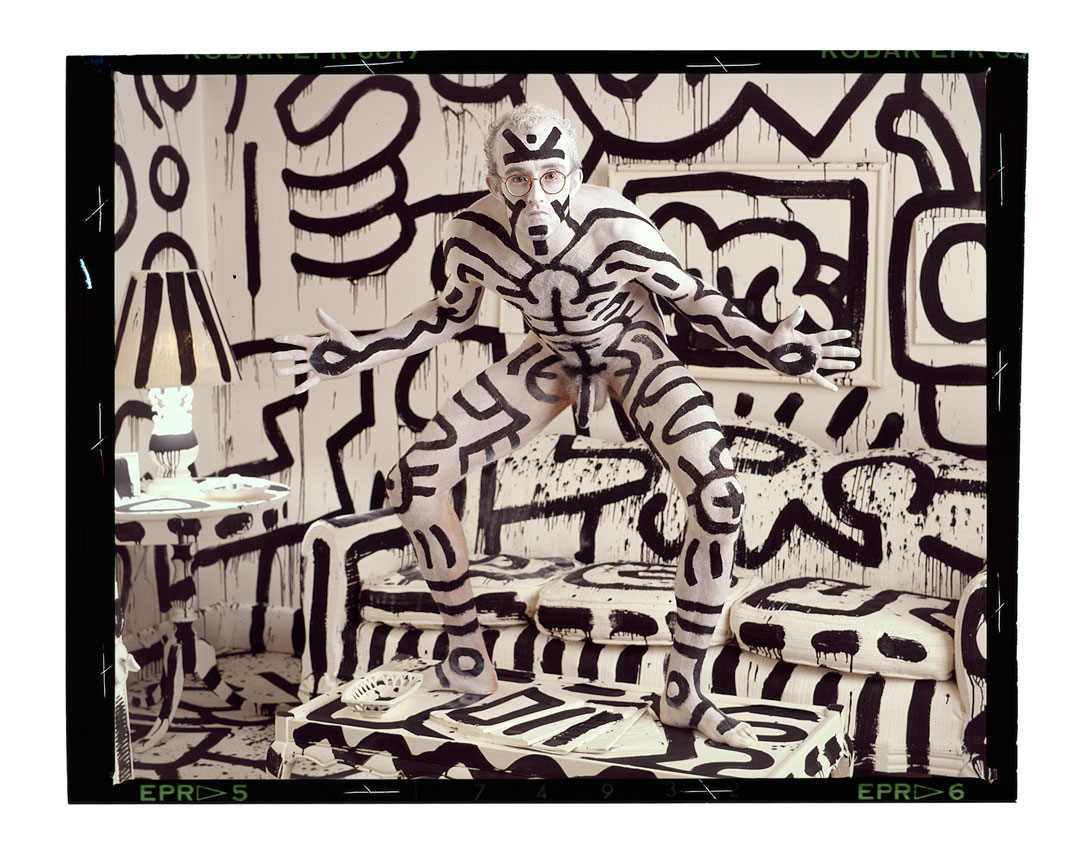
Equally, if you’re going to paint the Blues Brothers blue, make sure you get your best shots in before John Belushi loses his temper. “He didn’t think it was funny. He didn’t speak to me for six months,” recalls Leibovitz. “I did a lot of that kind of thing when I was young and cocky.”
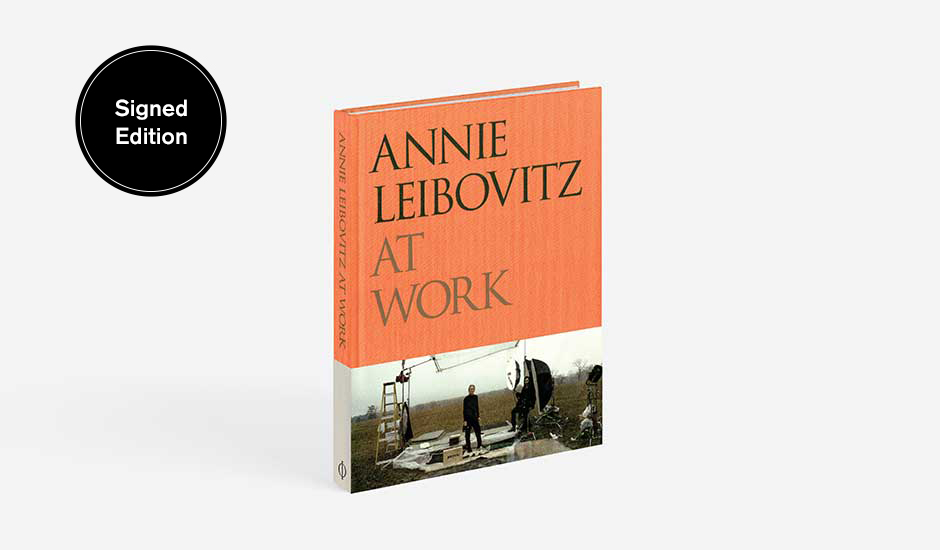
Photo aficionados can dig into the details of which cameras Leibovitz used during different periods of her career, while more general readers can luxuriate in the great tales and images from a long and extremely fertile career. Whether surrounded by fans and furniture, or equipped with just a simple 35mm SLR, Annie Leibovitz At Work shows how much raw talent and hard work has gone into her exquisite body of work. To order your copy of Annie Leibovitz At Work, go here.